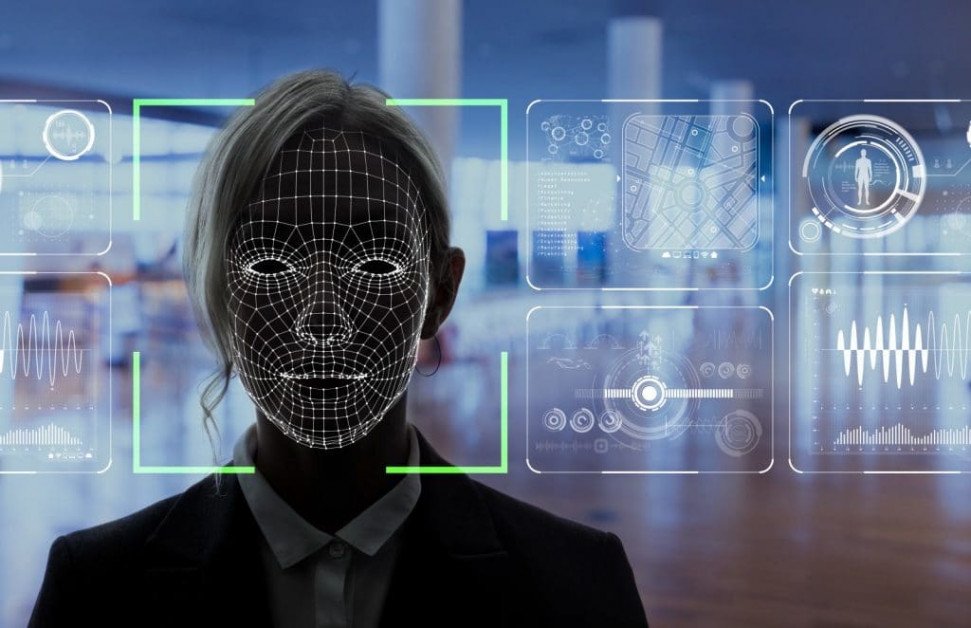Surveillance
The State of AI in Policing

Advanced technologies, especially artificial intelligence (AI), are leveraged by many companies in various industries to help fuel business growth, achieve efficiencies and support human workers.
Organizations that implement AI solutions tend to benefit from enhanced performance due to the plethora of opportunities and applications, and this shouldn't come as a surprise. AI has seeped into daily life, from digital assistants to the technology that powers our smartphones.
It's expected that law enforcement agencies nationwide will continue to adopt AI-powered tools to serve various purposes. How are these organizations using AI currently? Here’s more about the current state of AI in policing.
How Law Enforcement Agencies Use AI in 2022
Police reform has become a major topic of discussion in recent years, especially in the United States. The death of George Floyd sparked a wave of nationwide protests in May 2020. Some advocates called for massive changes, while others supported defunding or abolishing the police.
According to a 2021 survey conducted by the U.S. Government Accountability Office (GAO), 20 law enforcement agencies reported owning facial recognition systems. Six agencies said they used them to identify people violating the law during civil unrest, protests and riots that followed the death of George Floyd. Additionally, three agencies reported using facial recognition to capture images of the U.S. Capitol attack on Jan. 6, 2021.
Many Americans have mixed views regarding AI's role in policing. Pew Research Center found that 45% of U.S. adults feel equally concerned and excited about the increased use of AI in policing.
There's no doubt that technology is becoming more widely used in the law enforcement sector. In what other ways are police agencies leveraging AI solutions?
Crime Prevention and Reduction
Organizations are adopting and implementing AI systems to prevent and ultimately reduce crime rates. AI algorithms can sort through massive amounts of data to identify patterns.
Law enforcement agencies rely on these patterns to learn more about crime rates in their area. Information such as predicting where problems may occur, which citizens may be more inclined to commit a crime or what offenses are most common in a given area are typical AI applications in law enforcement.
Facial Recognition and Biometrics
AI-powered facial-recognition systems can speed up investigations, bring offenders to justice, and potentially prevent and stop crime.
Biometrics is another technology police agencies use to authenticate a person's identity and identify potential suspects. For example, law enforcement may use biometrics to identify a person who left a fingerprint on a weapon or bomb.
Drones for Surveillance
American law enforcement agencies embrace AI drone technology to gather intelligence and surveillance in their areas. A drone is a viable alternative to helicopters that provides a bird's-eye view of potentially volatile or violent situations.
According to a 2020 report from the Center for the Study of the Drone at Bard College, at least 1,578 state and local public safety agencies in the U.S. owned drone technology. About 70% were law enforcement entities.
Crime Reporting and Emergency Apps
More law enforcement agencies are adopting crowdsourced crime reporting and emergency apps to ensure public safety.
Deloitte's 2021 Urban Future With a Purpose report found that smart technologies, including AI solutions, are widely used. It suggests that 39% of cities use crowdfunding crime reporting and emergency apps.
Controversies Over Police Using AI
The increased adoption of AI by police has spurred controversies and debates among experts, citizens and agencies themselves. Some people express concerns about police using these technologies, while others feel AI adoption will strengthen operations and improve public safety.
Inaccuracy and Bias in AI Systems
Police agencies have relied heavily on historical crime data for years. Past information about crimes is fed into an AI system that uses machine learning (ML) algorithms to predict information about future incidents. However, what if the data used to “teach” these AI systems is embedded with bias?
One investigation conducted by Gizmodo and The Markup showed that one AI software, called PredPol, disproportionately predicted that crime would occur in neighborhoods where working-class, Black and people of color reside. Gizmodo and The Markup's investigation was the first independent effort to examine quantitative PredPol crime predictions to determine if the software eliminates or perpetuates racial bias in policing.
Lack of Human Oversight
Essentially, AI removes the need for human oversight. AI programs are typically adept at decision-making, but they approach problem-solving differently than humans do. If systems fail, as many technological innovations in the past have, who would be held accountable?
Would responsibility fall on the law enforcement agency, the officer on duty or the tech manufacturer? As increased adoption of AI occurs across law enforcement, questions about accountability and the lack of human oversight continue to emerge.
Privacy Concerns
Police officers who leverage some of the AI solutions examined above often do so without supervision or appropriate testing. A major topic of discussion in this debate is whether AI technologies infringe on citizen privacy. Some reports detail how police use AI software to monitor citizens’ social media platforms, causing more privacy concerns.
According to the Center for Strategic and International Studies (CSIS), various states in the U.S., such as Oregon, New Hampshire and California, passed statewide legislation to either regulate or entirely ban facial recognition technology.
The Future Role of AI in Policing
New technologies tend to improve how an organization operates, and AI presents challenges and benefits for law enforcement agencies. Even if solutions are well-intentioned, it's unclear how widespread adoption of AI will impact law enforcement, public safety, racial inequalities and human rights.
AI is carving out its place in law enforcement agencies, but the pros and cons of these innovations create several uncertainties for governments and their citizens. It will be fascinating to monitor how AI's role changes in the future.














